*This post is a response to IFB Project #91: What does sustainable style mean to you?*
If you’ve been following me a while or if you’ve read my about page, you know that I’m committed to living a socially and environmentally responsible lifestyle. I buy mostly organic, local, and/or fair trade foods, I recycle and compost everything I can (in college, it took me an entire semester to fill my trash can), I support local and independently owned businesses, I love upcycling to give old things new life, and yes, 99% of my wardrobe (and a large percentage of my other belongings) comes from secondhand stores or yard sales.
Being that Earth Day is on Monday, I want to highlight some ways that you can make more sustainable style choices. I think many people, when they think of doing good for the environment or living a “green” lifestyle, don’t really consider that their choices as a fashion consumer are a part of that equation. I personally believe that our choices regarding where we buy clothes, how often we buy them, and what we do with them when we’re done with them is just as important as, say, recycling or using alternate modes of transporation.
The following are some ways you can make a change, even if a small one, toward being a more conscientous fashion consumer:
1. Educate yourself. The more you know about how your clothes, shoes, and accessories are made, the more aware you will be about how they impact the environment or the lives of the people producing them. A while back, I wrote a post on how clothes contribute to our carbon footprint. While that article provides info on how clothes in general are produced, it’s also insightful to research specific brands. Some companies openly share information on their commitment to sustainable or ethically produced products (Patagonia, for example), but many do not. GoodGuide is a good source for learning more – you can search for companies and get a detailed rating on their social and environmental impact. It’s not perfect, as many companies are not willing to share the information that makes those ratings possible, but it’s still worth checking out.
(illustration from post on carbon footprint)

2. Buy less. This is an easy change that everyone could stand to make. Admittedly, I’m frequently tempted by the latest trends, something I see another blogger wearing, or Madewell & Anthropologie. I manage to resist the temptations most of the time though (the fact that Madewell and Anthropologie are both way out of my budget definitely helps). By not buying, you’re not supporting the consumption of more resources, but rather you’re playing your part in conservation. Rather than buying new stuff, see how you can rework your old stuff. Pair items you’ve never worn together. Try wearing a dress as a skirt or even a skirt as a dress, be creative. You might even enjoy it more than buying new stuff – no buyer’s remorse!
(wearing a dress as a skirt)

3. Buy used. This is the way to go, in my opinion. My wardrobe is almost entirely secondhand, and I own a ton of really nice things – probably a lot more than I would have if I bought everything new. Buying secondhand is just another way to reuse and recycle. Consignment stores are wonderful, as they are often upscale boutiques that only sell the best of the best. Thrift stores and antique stores can be equally as nice. All are treasure chests and FUN to shop at. Inventory is constantly changing, and you can find really unique stuff and amazing deals. And be sure to take the clothes and accessories that you’re done enjoying to a consignment or thrift store (recycling!) so someone else can love them for a while. Swaps are also a popular alternative to buying new clothes. Get together with some friends (or other local bloggers) and have a clothing/accessories swap.
(designer items – including Diane Von Furstenberg and Tory Burch – all secondhand)
4. Be willing to spend a bit more. For those occasions when you can’t find what you want secondhand, be willing to pay a bit more to ensure your products were produced ethically or sustainably. Of course, just because something is inexpensive doesn’t mean the business has unethical practices, and likewise, just because something is expensive doesn’t mean it was produced ethically. In general, though, in order to sell products for crazy low prices, the cost of production must be kept low, and oftentimes that’s at the expense of ethical/sustainable practices. Just refer back to tip #1 – educate yourself. Some companies are more transparent than others. Another thing to note: if you spend a little more, you’re most likely getting better quality products that will last longer…which means you won’t have to buy as freqently to replace worn out items (tip #2).
(hiking shoes from Patagonia - an environmentally and socially responsible company)

5. Shop small. As stated in tip #4, just because a business is small or locally owned doesn’t ensure they have right-minded practices, but it is more likely that they do as opposed to a big national chain who just cares about keeping their prices lower than competition. Many small businesses produce their goods themselves or support independent craftsmen, and buying local supports your local economy whereas buying imported goods does not (and think of all the resources used to import goods from overseas or even from the other side of the country). Their goods are often of better quality than mass-produced goods, as well.
(accessories from local artisans)
6. Upcycle. Turn your wide leg jeans into skinny jeans. Turn that shirt with a hole into a scarf. Take your grandmother’s old, out-of-style dress and do some modifications to make it more modern and stylish. The possibilities are endless with a little creativity (and perhaps some Pinterest inspiration). This is a great way to recycle things that the consignment store won’t take or that you can’t bear to part with.
(DIY scarf/headwrap made from an old shirt)
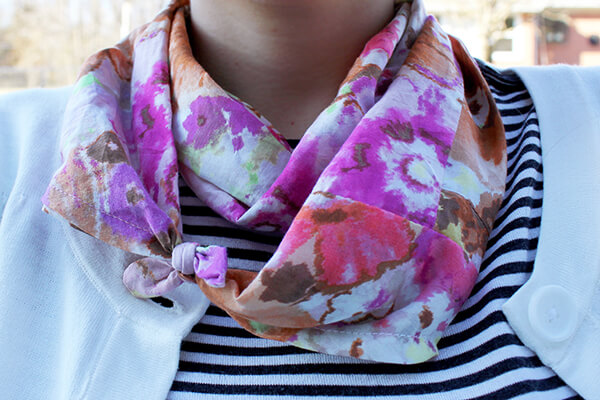
Hopefully you’re already doing one or more of these things, and hopefully I’ve inspired you to try one of the tips that you don’t already do. It’s really not hard to implement these changes, especially if you take them one at a time. Many of them are actually FUN (exploring thrift stores, turing your old clothes into crafts, finding new ways to love your old clothes), so give them a try!
Are there any tips YOU have that I didn’t cover? Let me know in the comments!
And just a reminder,
If you have my blog bookmarked, be sure to change that bookmark to www.jalfrezi.com.
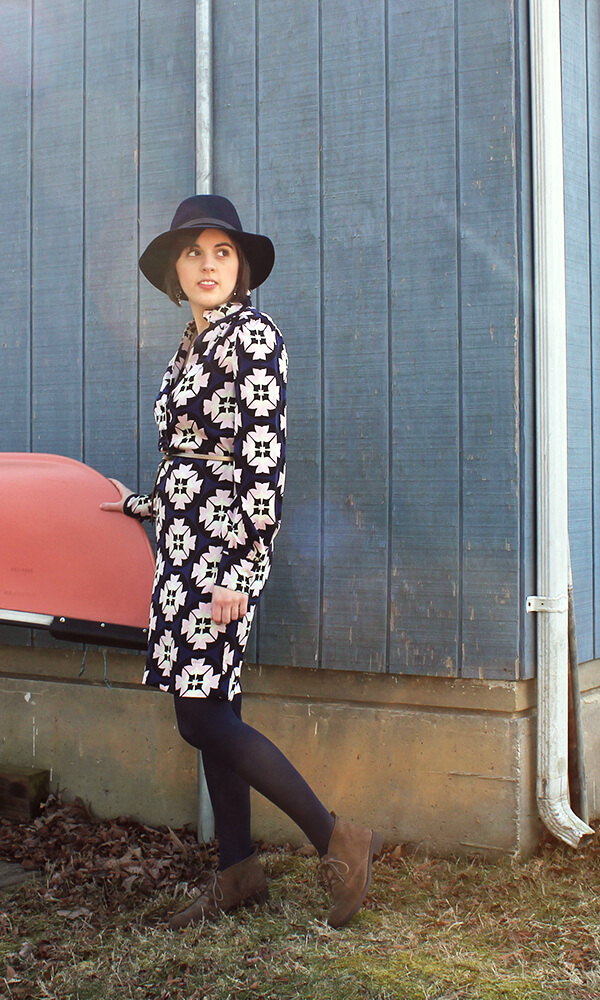
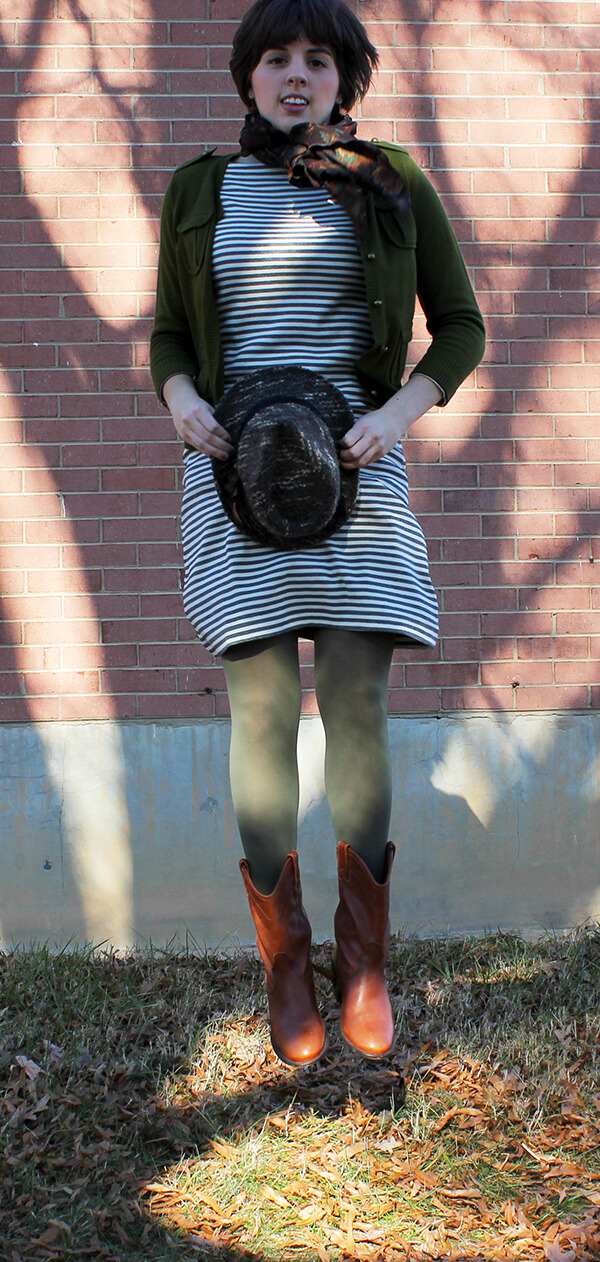
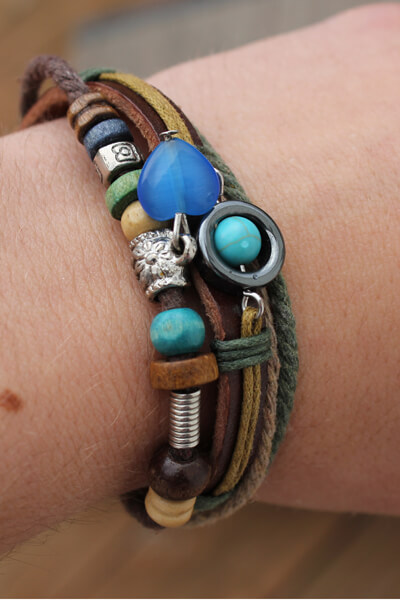
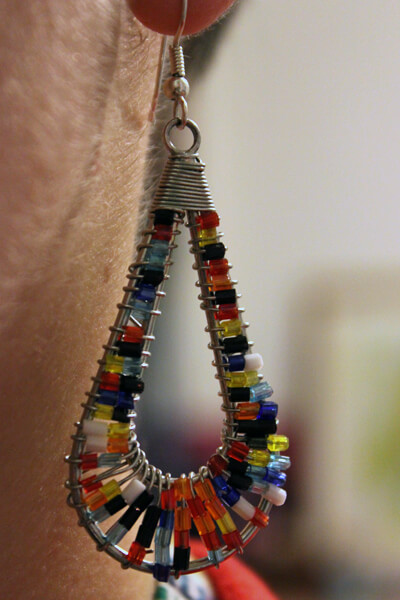
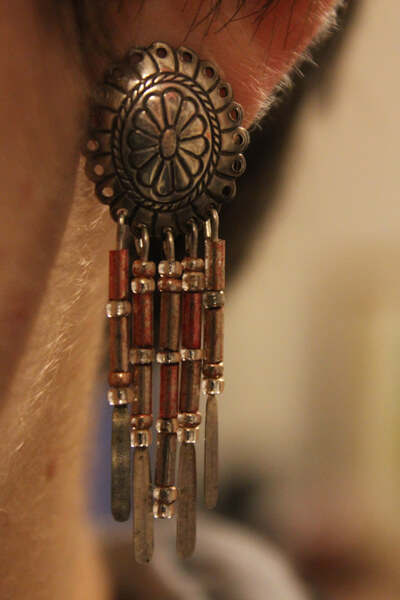
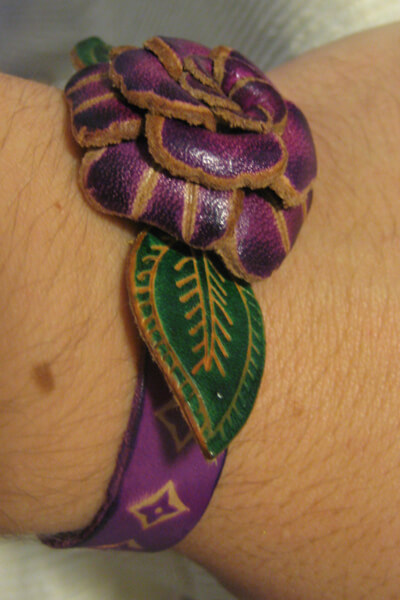


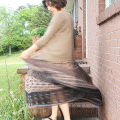



5 Comments
Such great tips! Thank you so much for visiting my blog! Would you like to follow each other on bloglovin? Just leave a comment on my blog and let me know. Thanks:)!
Already follow you! Thanks for checking out my blog as well – hope you enjoy it!
Thanks for checking out my blog as well – hope you enjoy it!
Followed back:)!
You are amazing!! Thanks for visiting the blog!! Love your looks.
http://mythriftedcloset.blogspot.com/
Thank you, SheDel!